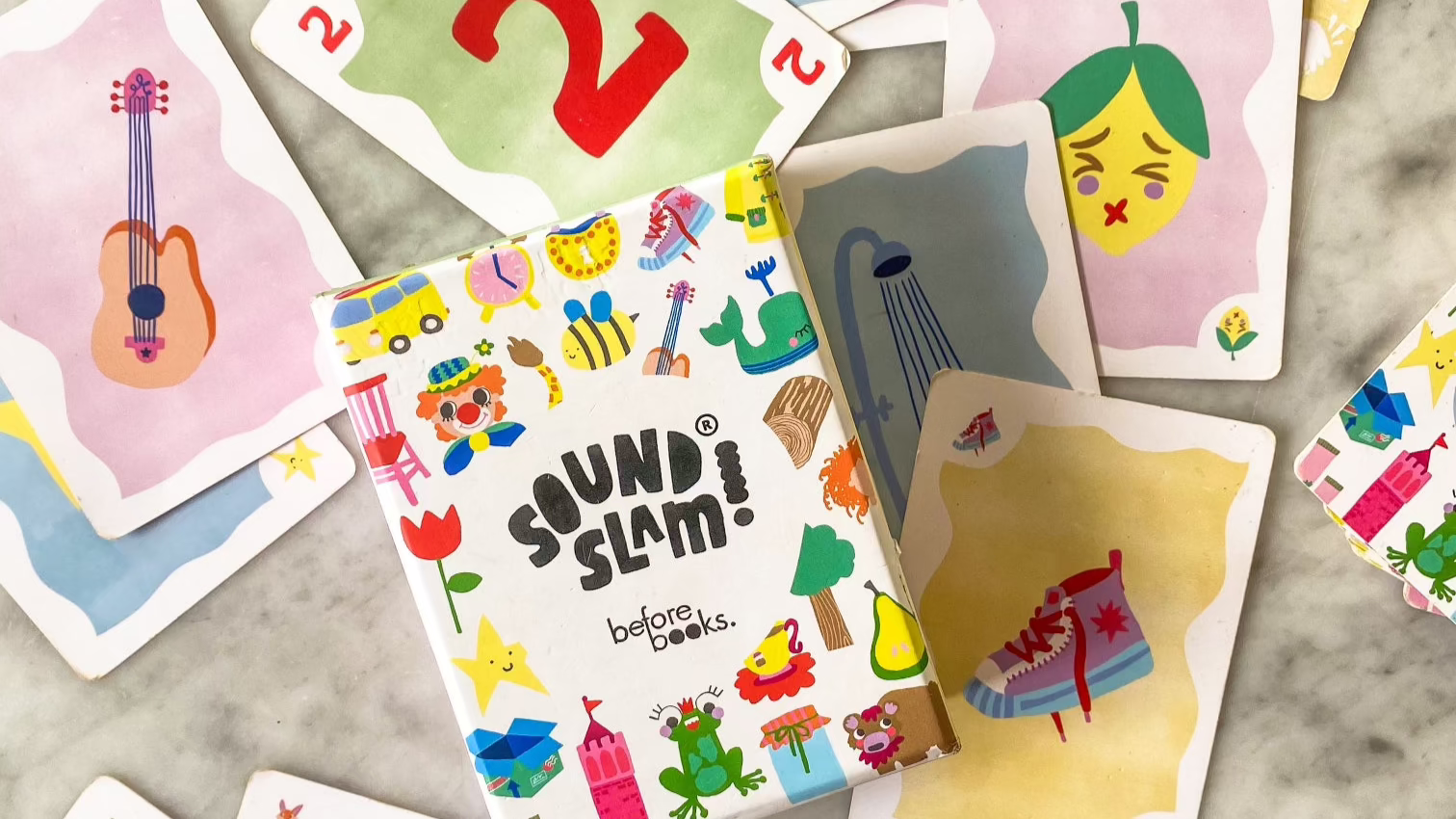
WHAT DO I NEED TO KNOW?
To be able to comprehend, understand, remember, think about, analyse and/ or discuss what you read is the ultimate end goal of all reading instruction. The Simple View of Reading (Gough and Tunmer 1986) is a model that is widely referred to amongst teachers and reading academics. It proposes that reading comprehension is the product of two factors- word recognition and language comprehension. So in order to understand what you are reading, you must recognise the letters on your page as representing sounds and words AND you must understand those words. If you have poor phonics and phonological awareness, your decoding and word recognition will be poor, affecting your comprehension. Similarly, if you have weak oral language and vocabulary, the words you read will lack meaning and you are not likely to understand the text. It is important to note that in the name The Simple View of Reading, it is the view or model that is being referred to as simple. The skills involved in learning to read are not simple, they require years of explicit instruction, persistence and regular practice.
The importance of background knowledge and vocabulary when it comes to reading comprehension can not be understated. It is easier to understand a text on a topic that is familiar to you than a topic that is completely foreign. The Reading Guarantee by Grattan Institute (2024) calls for a more knowledge-rich curriculum as a means to better prepare students for the comprehension of more complex texts.
Reading comprehension strategies can be demonstrated in your home during shared reading experiences. When reading to your child, make a conscious effort to make your thinking visible and in doing so, you are modelling what good readers do. Before you begin reading, examine the cover and opening page and make predictions aloud about what could be in store. As your child becomes familiar with this, they will join in too, making predictions of their own. If a sentence is confusing to you, reread it and see if you can make better sense a second time around. Pose questions as you go, encourage thought around a character's feelings, motivations and reactions. Point out connections that you notice within the text. Does this book connect to your own life? Does it remind you of something else you have read or watched? Does the book connect to something you know about in the world? When you have finished reading, take the time to chat about it. You could summarise the plot together, wonder about the future for the character’s and even offer your own analysis or review of the book.
OKAY ENOUGH CHAT, HOW DO I TAKE ACTION?
Every action you take in the building of oral language, vocabulary, phonological awareness, phonics and fluency assists in building reading comprehension skills.
Discuss what you read and model what good readers do (see above).
Lean into your child’s “Why?” phase. All that knowledge they are so desperately craving is helping make them a better reader!
STANDING ON THE SHOULDERS OF GIANTS
Gough, P. B. & Tunmer, W. (1986). Decoding, reading and reading disability. Remedial and Special Education.
Grattan Institute. (2024). The Reading Guarantee: How to give every child the best chance at success.
Five from Five (2020). Comprehension. MultiLit Pty Ltd. https://fivefromfive.com.au/comprehension/
Pennington, M (2022). Reading Comprehension Cues. Pennington Publishing Blog. https://blog.penningtonpublishing.com/tag/scrip-comprehension-strategies/